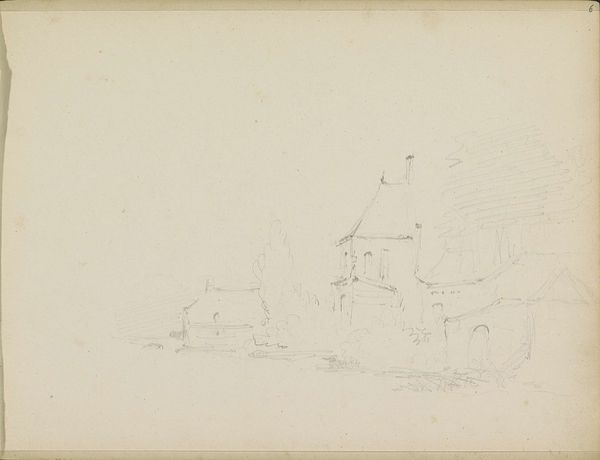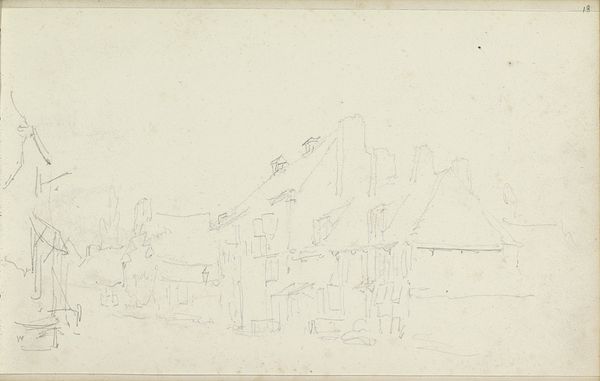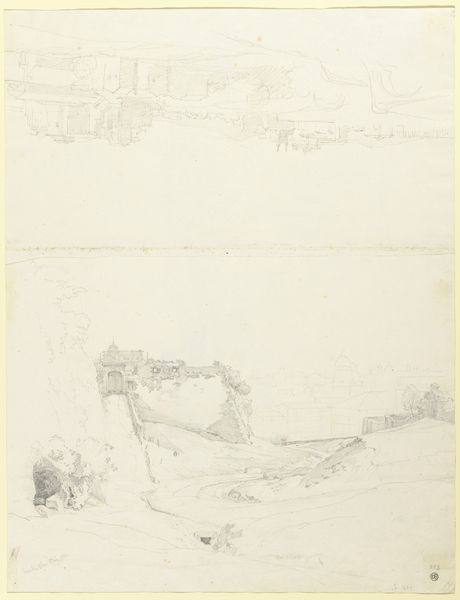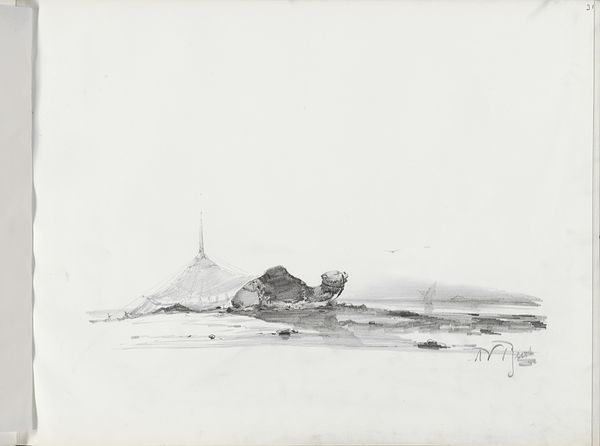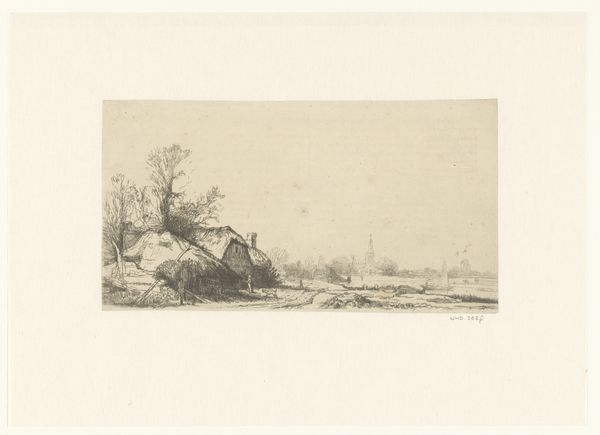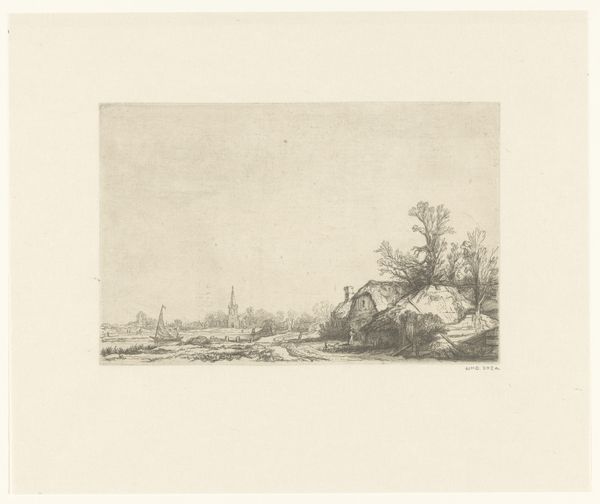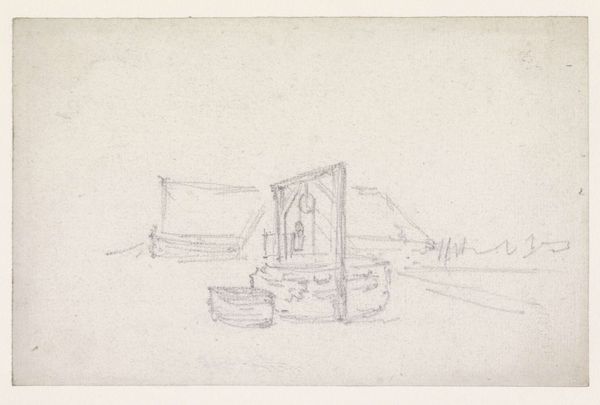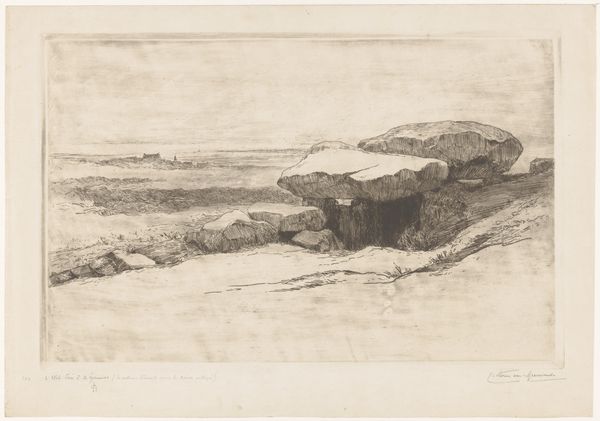
drawing, pencil
#
pencil drawn
#
drawing
#
pencil sketch
#
asian-art
#
landscape
#
pencil drawing
#
pencil
#
realism
Dimensions: height 271 mm, width 375 mm
Copyright: Rijks Museum: Open Domain
Editor: This is "Grafstenen in Menado," or "Grave Stones in Menado," a pencil drawing made in 1821 by Adrianus Johannes Bik. The stones stand stark against a muted background, evoking a quiet, almost solemn feel. What draws your eye when you look at this piece? Curator: What I notice immediately is the act of translation. This is a Dutch artist, using the readily available material of pencil, to document, to render, an Indonesian landscape and cultural practice of death. What does it mean to select this scene? And how does the very act of drawing—a relatively simple technology—participate in colonial ways of seeing and knowing? Editor: That’s interesting. So you’re focusing on the context of how and why it was made rather than what it represents? Curator: Precisely! Think about the pencil itself – a manufactured product, becoming widely available due to industrial advancements. The artist's labor, mediated through this tool, transforms the landscape into a commodity, an image circulated back to Europe. We have to consider that these graves aren't simply being represented, but being consumed visually by a Western audience. Editor: I hadn’t thought about the pencil itself as being so important. Curator: The method of production is almost always as significant, if not more so, than the end product itself. It affects our reading, especially with such a charged subject as colonial documentation. How does the relative ease and reproducibility of the drawing affect the significance of what's being shown here? Editor: This really opens my eyes to seeing art through a completely new lens. Thanks! Curator: Indeed, understanding art through its material means and the social relationships embedded in its production allows for a richer, more critical interpretation.
Comments
No comments
Be the first to comment and join the conversation on the ultimate creative platform.


